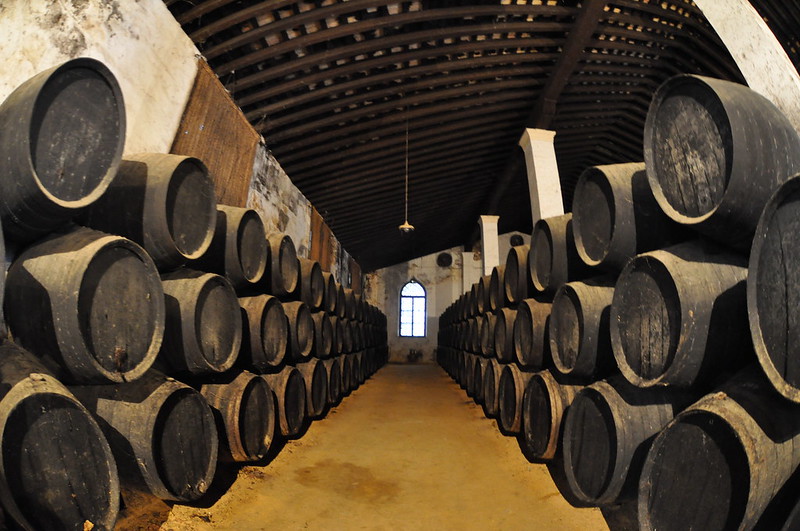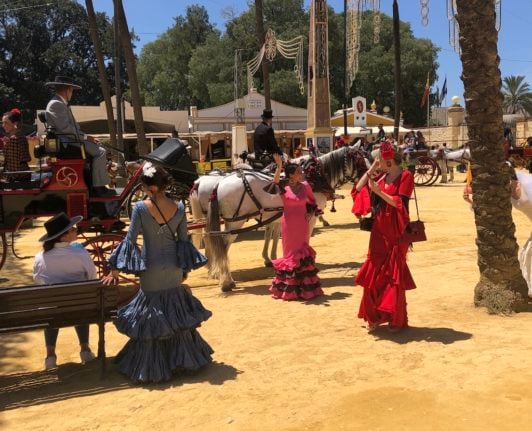On September 30th, the city council announced their decision to honour the breed, which was created in Jerez and historically used to hunt rats and mice in Andalusian wine cellars.
“The delegate Rubén Pérez [city delegate in charge of animal welfare, among other responsibilities] considers that it will be a catalyst for the enhancement of this breed so closely linked to the city and the wineries,” the Tweet sharing the decision says.
?En #Jerez hemos aprobado declarar el ratonero bodeguero andaluz jerezano como Patrimonio Cultural Inmaterial de la Ciudad
⬆️El delegado Rubén Pérez considera que será un revulsivo para la puesta en valor de esta raza tan ligada a la ciudad y las bodegas
?Foto de archivo pic.twitter.com/nEKT6QlSX7
— Ayuntamiento de Jerez (@ciudadjerez) September 30, 2020
The Ratonero Bodeguero Andaluz, or Andalusian wine-cellar rat-hunting dog, is a terrier that traces its roots back to the 18th and 19th centuries, when English wine merchants settling around Jerez brought the ancestors of fox terriers and crossed them with local rat-hunting dogs.

The dogs traditionally kept the cellars free of rats. Photo: Amy Goodman/Flickr
Their descendants were used to chase rats hiding between barrels in Jerez’s wineries.
In 2000, the Spanish Ministry of Agriculture and the Spanish Kennel Club recognised the Ratonero as an indigenous Spanish breed.
Ratonero Bodeguero Andaluz dogs look like Jack Russell Terriers, and are sometimes known as the Spanish Jack Russell.
They are mostly white with black and brown face markings, which made them easier to spot in dark wine cellars. The breed is known for its high prey drive, boundless energy, and affection for children.
By Sam Harrison
READ ALSO:







 Please whitelist us to continue reading.
Please whitelist us to continue reading.
Member comments